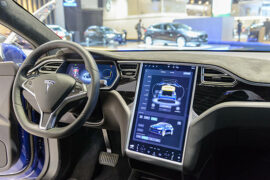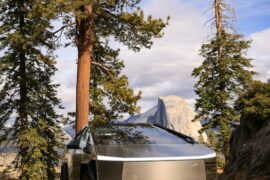In the ever-evolving automotive industry landscape, one name has emerged as a symbol of innovation and sustainable driving: Tesla. With their sleek electric vehicles, Tesla has captured the imagination of car enthusiasts and eco-conscious consumers alike. However, a striking feature that often raises questions among onlookers is the absence of a front license plate on Tesla vehicles.
In this article, we will delve into the intriguing world of Tesla automobiles and explore the reasons behind the enigmatic question: “Why do Tesla’s have no front license plate?”.
Contents
Legal Requirements and Regulations
Regarding adorning vehicles with license plates, legal requirements serve as the compass guiding automotive practices. The presence or absence of a front license plate on a Tesla is not merely a matter of choice but is deeply intertwined with regional and jurisdictional regulations.
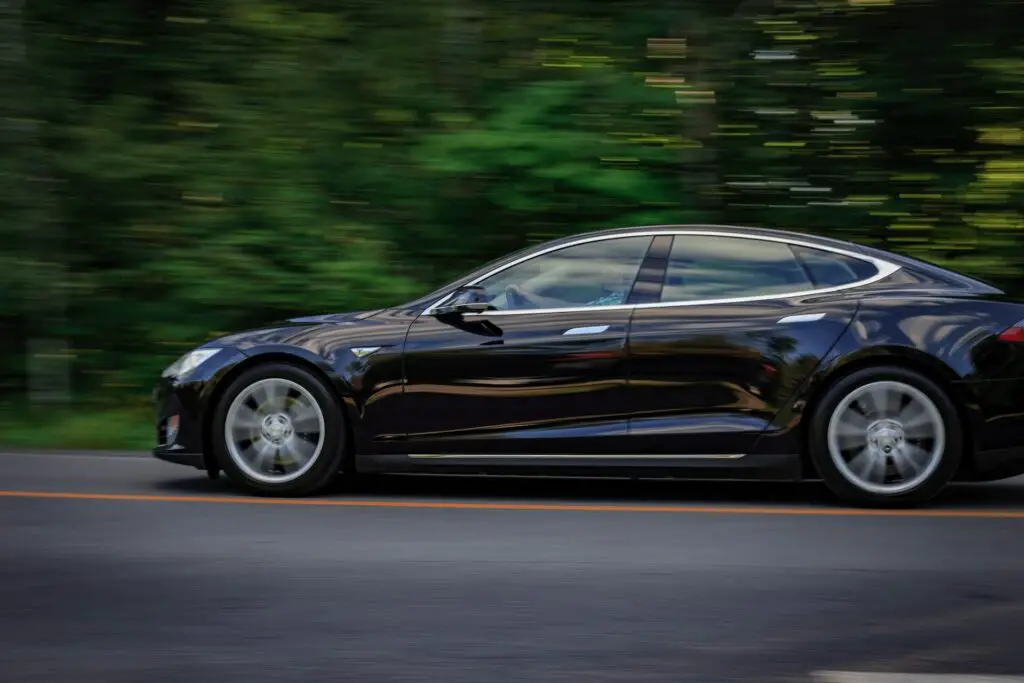
1. Legal Requirements for Front License Plates:
In many regions, vehicles are legally mandated to display license plates on the front and rear exteriors. These plates serve as a vital means of identification, assisting law enforcement agencies in tracking vehicles and ensuring road safety. Front license plates are typically attached to the vehicle’s front grille or bumper, offering traffic officers and surveillance cameras easy visibility.
2. Regional Variations in Regulations:
One of the intriguing aspects of license plate regulations is their propensity to vary significantly from one region to another. As a global automaker, Tesla must navigate this intricate web of legal requirements, adapting its practices to conform with the laws of each jurisdiction where its vehicles are sold. As a result, whether a Tesla sports a front license plate or not can largely depend on your geographical location.
In some areas, such as certain U.S. states, having both front and rear license plates is compulsory, leaving no room for exemption. In contrast, other regions may mandate only rear license plates, freeing the front of the vehicle from this adornment.
3. Changes and Updates in Regulations:
Regulations regarding license plates can be subject to change, and such alterations can influence Tesla’s practices. Updates may arise from considerations related to law enforcement, safety, or even environmental concerns. For example, some jurisdictions may introduce legislation to promote the use of electric vehicles, which could involve exemptions or alterations in license plate requirements for certain EVs.
Furthermore, technological advances, such as automatic license plate recognition (ALPR) systems, may prompt governments to rethink their license plate placement requirements. ALPR systems can effectively scan rear plates, potentially reducing the need for front plates.
Electric Vehicle Efficiency
In electric vehicles, efficiency is not merely a buzzword; it’s a fundamental driving force behind technological innovations. As a leader in the electric vehicle (EV) market, Tesla places a paramount emphasis on efficiency, and even the presence or absence of a front license plate is scrutinized in this light.
1. Impact of a Front License Plate on Aerodynamic Efficiency:
Aerodynamics plays a pivotal role in the performance of electric vehicles. Unlike traditional internal combustion engine cars, EVs use streamlined designs to minimize air resistance and maximize efficiency. Adding a front license plate can disrupt the aerodynamic flow around a vehicle.
Like a front license plate, even seemingly small protrusions can generate turbulence and increase drag. This additional resistance can reduce energy efficiency, potentially impacting the vehicle’s range and performance.
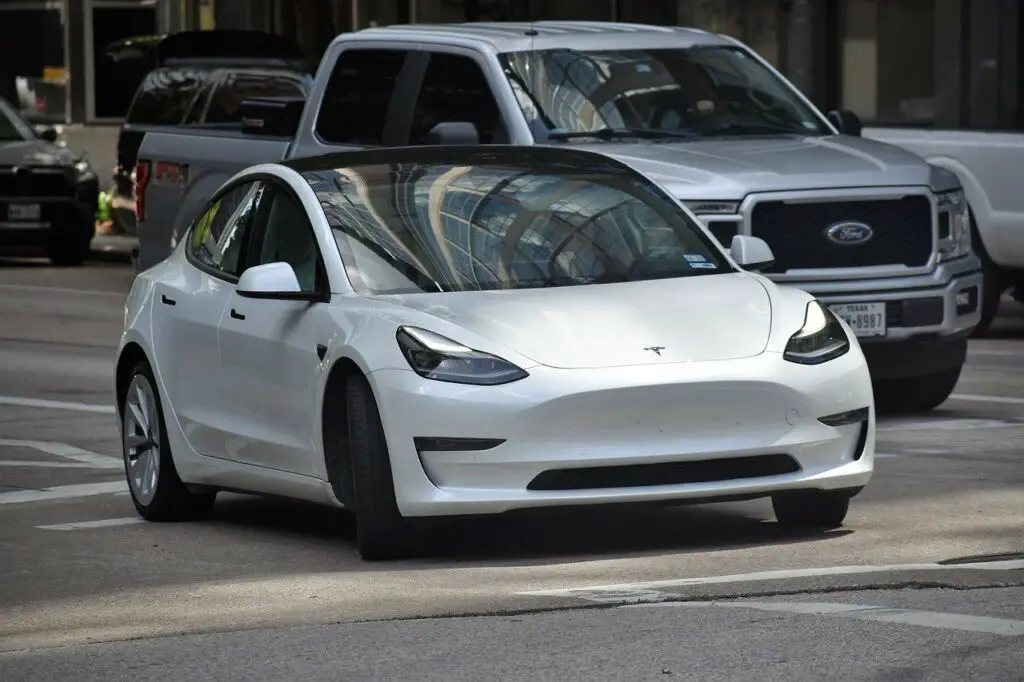
2. Relating Aerodynamic Efficiency to Tesla’s Focus:
Tesla’s commitment to electric vehicle performance and range is well-documented. Their vehicles are engineered to maximize every mile of range and deliver exceptional acceleration. To achieve these goals, Tesla optimizes every aspect of their vehicles, including aerodynamics.
By maintaining a sleek and unobstructed front grille, Tesla vehicles are designed to minimize drag, thus preserving energy and extending range. This design choice aligns perfectly with Tesla’s overarching mission of making electric vehicles eco-friendly and practical for everyday use.
3. Supporting Data and Studies:
Several studies and data analyses support the claim that aerodynamic efficiency impacts EV performance and range. For instance, research conducted by automotive engineers and institutions has shown that reducing drag through aerodynamic design improvements can lead to substantial energy savings in electric vehicles.
Customer Choice and Regional Differences
As a company known for its commitment to innovation and customer satisfaction, Tesla recognizes that personalization and flexibility are key factors in the ownership experience. This philosophy extends to the question of front license plates, where customer choice and regional differences play a pivotal role.
1. Tesla’s Approach to Front License Plates: A Matter of Customer Choice
One of Tesla’s hallmarks is its respect for customer preferences. Tesla acknowledges that front license plates can be a contentious issue among owners, particularly those who appreciate the unadulterated aesthetics of their vehicles. Therefore, the company often leaves the decision to install a front license plate up to the individual owner.
This approach aligns with Tesla’s commitment to delivering a premium ownership experience and allowing customers to personalize their vehicles according to their preferences. Owners can choose whether to install a front license plate bracket or leave the front of their Tesla unadorned, as local regulations permit.
2. Tesla Owners in Regions with No Front License Plate Requirements
In regions where front license plates are not legally required, Tesla owners can maintain the clean and sleek look of their vehicle’s front end. Many owners embrace this option, appreciating Tesla’s design philosophy and compatibility with local regulations.
This choice can enhance the vehicle’s visual appeal, contributing to a distinctive and eye-catching appearance on the road. Tesla owners often take pride in their vehicles’ aesthetics and see the absence of a front license plate as a testament to Tesla’s design principles.
3. Tesla’s Adaptation to Local Laws and Customer Preferences
Tesla operates globally, and the legal landscape for front license plates varies widely from region to region. To accommodate these differences, Tesla adapts its practices to conform to local laws and customer preferences.
Tesla’s adaptability to regional regulations and customer desires underscores its commitment to delivering a holistic ownership experience that integrates legal compliance with individual taste.
Why do Tesla’s have no front license plate?
In the world of Tesla, the absence of front license plates is a harmonious blend of legal requirements, design aesthetics, and customer choice. This unique feature reflects Tesla’s commitment to offering a personalized and innovative ownership experience.
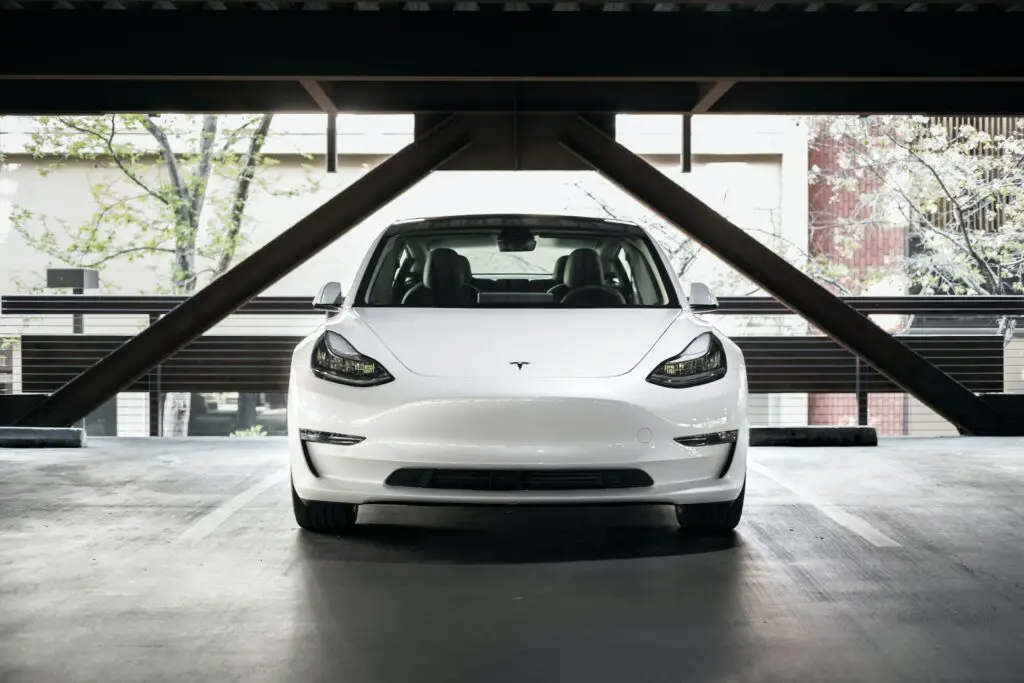
The absence of front license plates on Tesla vehicles results from a delicate balance between legal obligations, aesthetic considerations, and customer preferences.
As Tesla continues to lead the electric vehicle revolution, the future may bring innovations, such as automatic license plate recognition, that could reshape the prominence of front plates. Tesla’s commitment to customer satisfaction and forward-thinking solutions ensures its approach to front license plates will evolve with the ever-changing automotive landscape.
Unlocking the Secrets: How Much Battery Does Sentry Mode Use in 2023?


